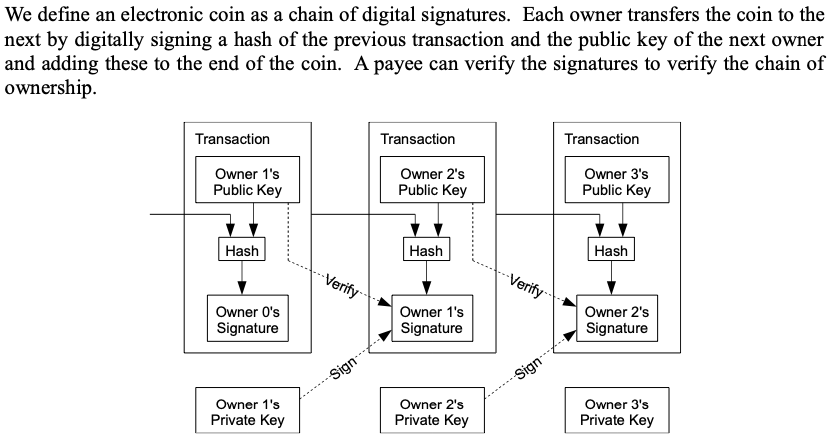Here is the long awaited 2022 book lists! My wife and I started a competition with who could read/listen to more books in the year. It has created wonderful conversations around these books. I started this year wanting to read what the Founding Fathers read to understand their philosophies and how it influenced the making of our government. This has lead me to discover a lot of excellent new authors and deepen my understanding in epistemology. Here is my reading list for the year:
January
Principles for Dealing with the Changing World Order, by Ray Dalio
Twain's Feast: Searching for America's Lost Foods in the Footsteps of Samuel Clemens, by Andrew Beahrs
The Death of the Banker, by Ron Chernow
Passionate Sage: The Character and Legacy of John Adams, by Joseph J. Ellis
Thomas Aquinas in 90 Minutes, by Paul Strathern
Nicomachean Ethics, by Aristotle
February
Symposium, by Plato, 340 BCE
Fundamental Principles of the Metaphysics of Morals, by Immanuel Kant, 1785
Introduction to Metaphysics, by Heni Bergson
The Wealth of Nations, by Adam Smith, 1776
After Virtue, Alasdair MacIntyre
Radicalized, by Peter R. Neumann
The Doors of Perception, by Aldous Huxley
The Social Contract, by Jean-Jacque Rousseau, 1762
The Republic, by Plato, 375 BCE
The Apology, by Plato, 399 BCE
The Allegory of the Cave, by Plato, 375 CE (re-read)
The Art of War, by Sun Tzu, 5th Century
Meditations, by Marcus Aurelius, 161-180 CE
Murder-Bears, Moonshine, and Mayhem, by Luke Harrington
Civil Rights: Rhetoric or Reality?, by Thomas Sowell
A Vindication of the Rights of Men, by Mary Wollstonecraft, 1790
A Vindication of the Rights of Women, by Mary Wollstonecraft, 1792
Reflections on the French Revolution, Edmond Burke, 1790
Two Treatise of Government, by John Locke, 1698
Rights of Man, by Thomas Paine, 1791
The Communist Manifesto, by Karl Marx, 1848
A Criticism of Hegelian Philosophy of Right, by Karl Marx, 1844
On the King of Prussia and Social Reform, by Karl Marx, 1844
Moralizing Criticism and Critical Morality: A Polemic Against Karl Heinzen, by Karl Marx,
Proudhon, by Karl Marx
French Materialism, by Karl Marx
The English Revolution, by Karl Marx
The Road to Serfdom, by Friedrich A. Hayek, 1944
March
Candide, by Voltaire
Game Theory, by Ken Binmore
Gratitude, by Oliver Sacks
The New Jim Crow, by Michelle Alexander
A Higher Loyalty: Truth, lies, and Leadership, by James Comey
Putin’s People, by Catherine Belton
Tribe, by Sebastian Junger
Discourse on the Origin and Basis of Inequality Among Men, by Jean-Jacque Rousseau
Leviathan, by Thomas Hobbes, 1651
A Letter Concerning Toleration, by John Locke, 1689
Thomas Paine, by Craig Nelson
Pacific, by Simon Winchester
The Hope of Glory, John Meacham
The Field of Fight, by Michael Flynn
Educated, by Tara Westover
April
The Name of God is Mercy, by Pope Francis
Seven Brief Lessons in Physics, by Carlo Rovelli
Saving Justice: Truth, Transparency, and Trust, by James Comey
The Good Neighbor: The Life and Work of Fred Rogers, by Maxwell King
Casino Royale, By Ian Fleming
The Gulag Archipelago 1918-1956, by Aleksandr Solzhenitsyn
Rich Dad, Poor Dad, by Robert Kiyosaki and Sharon Lechter
Warlords, by Simon Berthon and Joanna Potts
Outliers, by Malcom Gladwell
Bogle on Mutual Funds, by John C. Bogle
32 Yolks, by Eric Ripert
The Third Wave: An Entrepreneur's Vision of the Future, by Steve Case
The Tipping Point, by Malcolm Gladwell
May
Blink, by Malcolm Gladwell
Common Sense on Mutual Funds, by John C. Bogle
The Little Book of Common Sense Investing, by John C. Bogle
Enough, by John C. Bogle
Grit, The Power of Passion and Perseverance, by Angela Duckworth
Stewardship, by John G. Taft
Astrophysics for People in a Hurry, by Neil deGrasse Tyson
Born a Crime, by Trevor Noah
Supermoney, by Adam Smith
Marxism: Philosophy and Economics, by Thomas Sowell
The Rise and Fall of Nations, by Ruchir Sharma
The Odyssey, by Homer 725BCE
The Book Thief, by Markus Zusak
The Gilded Age: A Tale of Today, By Mark Twain and Charles Dudley Warner
June
The Art of Start 2.0, by Guy Kawasaki
Security Analysis, by Benjamin Graham
Think and Grow Rich, by Napoleon Hill
The Grapes of Wrath, by John Steinbeck
Smarter Faster Better, by Charles Duhigg
1984, by George Orwell
Brave New World, by Aldous Huxley
Venus Plus X, by Theodore Sturgeon
July
Here, Right Matters, by Alexander Vindman
The Industries of the Future, By Alec Ross
The Innovator’s Dilemma, by Clayton Christensen
The Last Empire, by Serhii Plokhy
Salt, by Mark Kurlansky
Cultish, by Amanda Montell
August
A Spiritual Biography Martin Luther, by Herman Selderhuis
The Confessions of Saint Augustine, by Saint Augustine
The Story of Civilization: Our Oriental Heritage | Volume 1, by Will Durant
The Story of Civilization: The Life of Greece | Volume 2, by Will Durant
September
The Story of Civilization: Caesar and Christ | Volume 3, by Will Durant
The Story of Civilization: The Age of Faith | Volume 4, by Will Durant
October
The Story of Civilization: The Renaissance | Volume 5, by Will Durant
November
The Story of Civilization: The Reformation | Volume 6, by Will Durant
The Story of Civilization: The Age of Reason Begins | Volume 7, by Will Durant
Julie and Julia, by Julia Powell
December
The Story of Civilization: The Age of Louis XIV | Volume 8, by Will Durant
The Story of Civilization: The Age of Voltaire | Volume 9, by Will Durant
The Story of Civilization: Rousseau and the Revolution | Volume 10, by Will Durant



